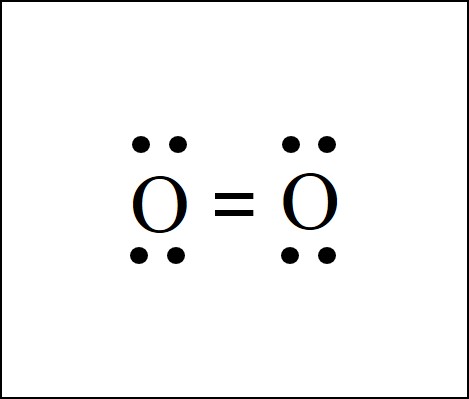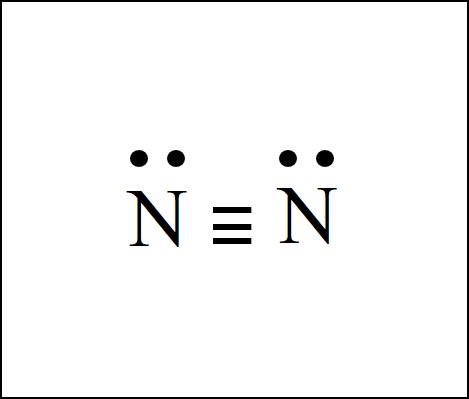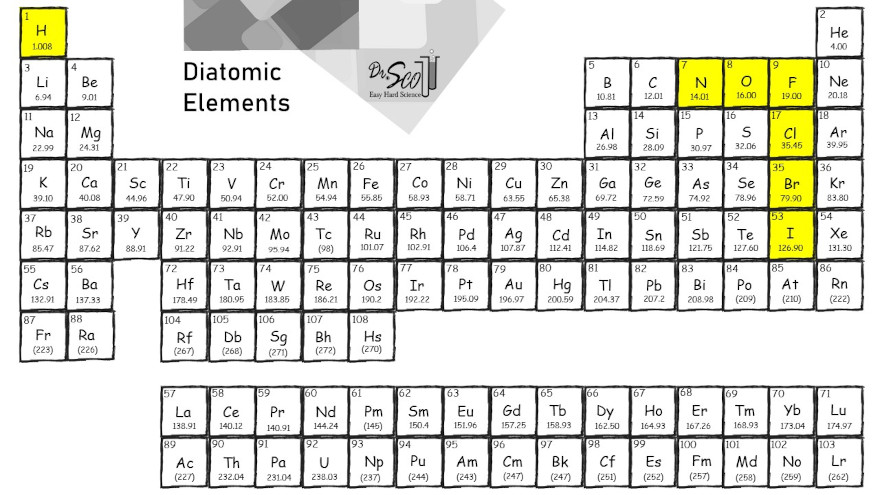Is Carbon A Diatomic Element


Is Carbon A Diatomic Element,
Source: https://learnwithdrscott.com/diatomic-elements/
Posted by: folsehishey.blogspot.com
The 7 diatomic elements are hydrogen (H), nitrogen (N), oxygen (O), fluorine (F), chlorine (Cl), bromine (Br), and iodine (I).
We call them diatomic elements because the atoms appear in pairs. The chemical formulas for these elements are Htwo, N2, O2, Ftwo, Cl2, Br2, and I2.
The diatomic elements are easy to find on the periodic table. They include the halogens (F, Cl, Br, I) plus O and N. These elements are touching on the periodic table. Hydrogen is apart from the other diatomics on the periodic table.

The diatomic elements are elements that appear as molecules. There is a pair of atoms with a chemical bond. Dot structures for Ftwo, Cl2, Br2, Iii, and Htwo are shown beneath. The horizontal line represents a bond between the pair of atoms, indicated by the messages. The atoms are more stable in pairs considering they obey the octet rule.

The diatomic elements oxygen and nitrogen have a scrap more complex structure. In that location is a double bail between the two O atoms in the O2dot construction. And there is a triple bond between the ii Due north atoms in the N2dot structure.


The nomenclature, or naming system, for the diatomics is absolutely somewhat defective.
Oxygen is the letter O on the periodic table. But, oxygen is also the stuff in the air that you exhale to stay alive. The air has O2, and there are not whatever lone O atoms floating around the atmosphere. Alphabetic character O is the element oxygen on the periodic table, merely the oxygen here on planet Earth, the gas in the atmosphere, is Otwo. The logic here is that O represents an oxygen cantlet, merely the atoms live in pairs to make O2 oxygen gas.
We can be specific by saying "O atoms" versus "oxygen gas." O atoms are just O, whereas oxygen gas means O2. Still, nigh of the time people just say "oxygen" and you demand to decide if they mean O or O2. Arg. If they are talking nigh atoms or the periodic table, they probably hateful O. Merely if they are talking about an bodily substance they probably mean O2. Information technology could go either way, potentially, but it'south usually pretty obvious which is which based on the context.
The atmosphere too has lots of nitrogen. It says N on the periodic table. But the stuff in the atmosphere is Nii. Besides, a canister total of hydrogen gas would contain H2, even though the periodic tabular array just says H. When they put chlorine in the pool, it'south Cl2 (non Cl). You demand to know that this happens for all 7 diatomic elements.
Diatomic ways that an atom cannot exist past itself. At that place is no such thing as lone O atoms floating around the atmosphere. Oxygen exists as Otwo, considering the O atoms must live in pairs. These atoms are besides unstable to be lonely.
Nosotros can take O bonded with some other atom to brand a molecule, though. An O can bond with a C to brand carbon monoxide gas CO. Oxygen atoms (O) always demand to bond to something else. They can never be alone. The same goes for all 7 diatomic elements.
Source: https://learnwithdrscott.com/diatomic-elements/
Posted by: folsehishey.blogspot.com
0 Response to "Is Carbon A Diatomic Element"
Post a Comment